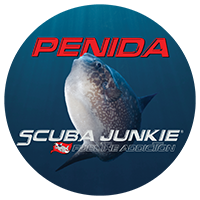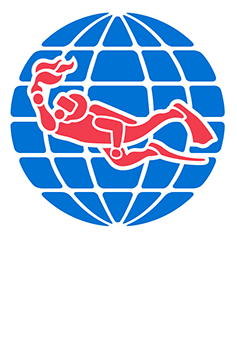
Being able to master buoyancy control for scuba diving is a super important skill, if not THE most important thing you can master.
When you are correctly weighted and in trim, diving will be more effortless and therefore you will use less air. Also, as you have better control of your position in the water, you are better protecting the coral reef by staying off of the bottom and you will be less likely to disturb the bottom, which means your dive buddies will be very happy. Noone likes getting sand kicked up in front of them!
We're going to break our buoyancy tips down into three sections and therefore three posts:
Part 1 - Buoyancy checks: How to do one and when you need to do one.
Part 2 - Neutral buoyancy tips: Descending, hovering, rise & fall and ascending safely.
Part 3 - Advanced skills: Backwards kick, helicopter turns!
In this post we will explore Part 1 to help you master buoyancy control.
If you're going to master buoyancy control for scuba diving, it will help if you understand the terminology.
Negatively buoyant - You sink. You need to become negatively buoyant for a moment at the start of the dive to actually get underwater.
Positively buoyant - You float. When you're doing your final checks before you descend, and after you surface from the dive you should be positively buoyant to float easily at the surface.
Neutrally buoyant - You neither sink to the bottom nor float to the surface, you float comfortably underwater. This is what you want to achieve for the most part during your dive.
Trim - Your trim is your position and balance in the water, which is achieved by the positioning of your weights and gear. Ideally you will be swimming along in a horizontal position with your fins up and away from the bottom.
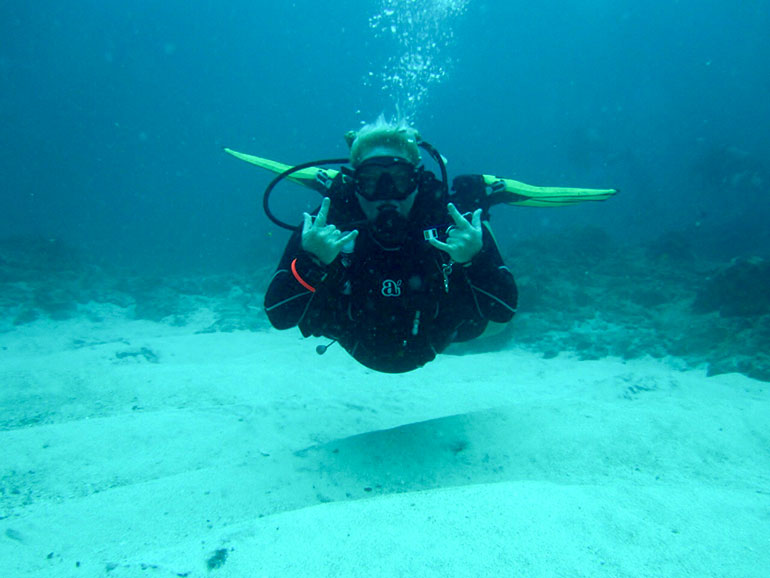
The first step to master buoyancy control is to be correctly weighted. A buoyancy check is a simple check to see whether you are wearing the correct amount of weights. Being correctly weighted for the dive is essential - If you're too heavy then your body's lower half generally drags down, which means you need to kick a lot more, and it's hard to keep horizontal - You will use more air and risk hitting the bottom with your fins!!
If you are underweighted then you may not be able to descend. Or if you can, then as you use the air in your tank you will become lighter and lighter, risking a runaway or uncontrolled ascent and not being able to do your safety stop without the addition of extra weights from a buddy or your guide.
Enter the water in your full scuba gear. Take a normal breath in through your regulator. Hold that breath in as you deflate your BCD completely (no kicking). The air volume in your lungs should mean that you do not sink, if you are correctly weighted you should float with the water at eye level. Now exhale - You should sink! Adjust the number of weights you wear until this is achieved.
Ideally, you do a buoyancy check at the end of a dive (because your tank gets lighter as you use the air inside it). If you need to do this at the start of the dive, which is often the case with new or different gear, then do the check and add two kilos to compensate for this and repeat the check at the end of your dive to fine tune.
You should do a buoyancy check any time you dive with new or different gear, dive in a new environment or when your body weight has changed.
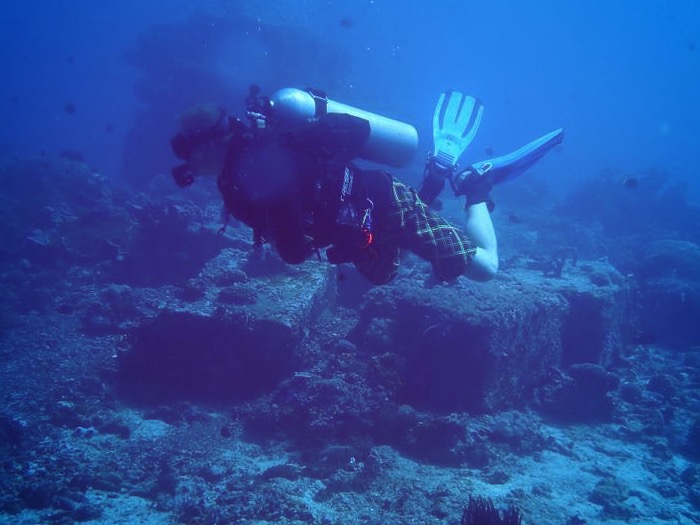
Exposure suits: The thicker the exposure suit, the more buoyant it is, and the more weights you will need to sink. Neoprene suits also compress with wear, so the newer the suit is, the more buoyant it will be. If you're wearing the same suit over time, you will gradually need less weight with it (all else being the same) as the neoprene compresses.
Tanks: Tanks are made from aluminium or steel. Aluminium tanks are generally lighter, getting lighter still when you use the air inside. Steel tanks are heavier, especially the ones with bigger capacity.
Extra layers: Hoods and hooded vests, boots, gloves - Anything made of neoprene will add to your floatiness!
Other considerations: BCD's vary greatly in style and design - and weight! The accessories you carry in your BCD will add weight (torhces, camera, SMB, dive knife etc). Regulators with rubber hoses are heavier than those with braided hoses… All of different things make small changes, but they can add up.
Here at Scuba Junkie Penida our standard gear is made up of 12L aluminium tanks, 5mm long wetsuits with boots. We are always ready to advise you on the weighting adjustments if this is different to what you usually wear.
We offer the Peak Performance Buoyancy PADI Specialty course, designed especially to help you fine tune your buoyancy. It's a two dive course and takes just one day!
We will also cover the buoyancy check as part of a refresher if you haven't dived in six months or longer.
If you wear the exact same gear in freshwater, are correctly weighted and then go into salt water in the same gear, you will most likely need to add weight. This is because salt water is more dense.
For those of you who have dived in the Red Sea - You may remember that the extra salinity meant that you needed to add an extra kilo to your weight belt compared to other salt water dives you had done!
Always keep a record in your logbook of how many weights you used, the exposure suit you wore and which type of tank you used. You can use this as a reference for any time your configuration changes so that you can master buoyancy control on your next dive.
Experiencing changes with your body weight is a normal part of life, but if you have a significant change then you should do a buoyancy check when you dive next.
Our bodies vary greatly - Height, bone density, muscle mass and fat distribution are completely unique for each person, so there isn't a magic formula that will work for everyone.
Something that works well *as a guide* in our experience when wearing a 3mm wetsuit, with an aluminium tank in salt water is to start your buoyancy check with 5% of your body weight. For example, if you weigh 60 kilos, start with 3 kilos on your belt for the buoyancy check.
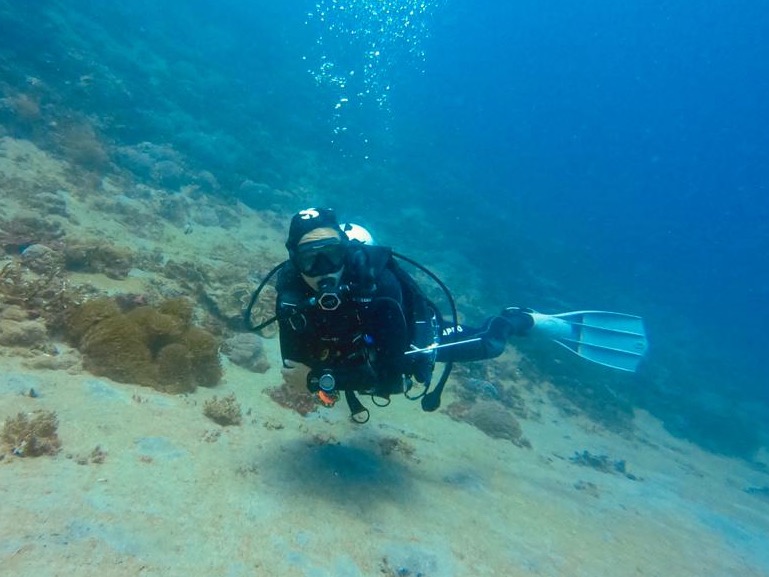
Being correctly weighted and in good trim is just one of the things you need to master buoyancy control. Keep a look out for the next post in this series which will give you tips on hovering motionless and using your breathing to rise and fall, as well as tips for descending and ascending in a controlled way.
